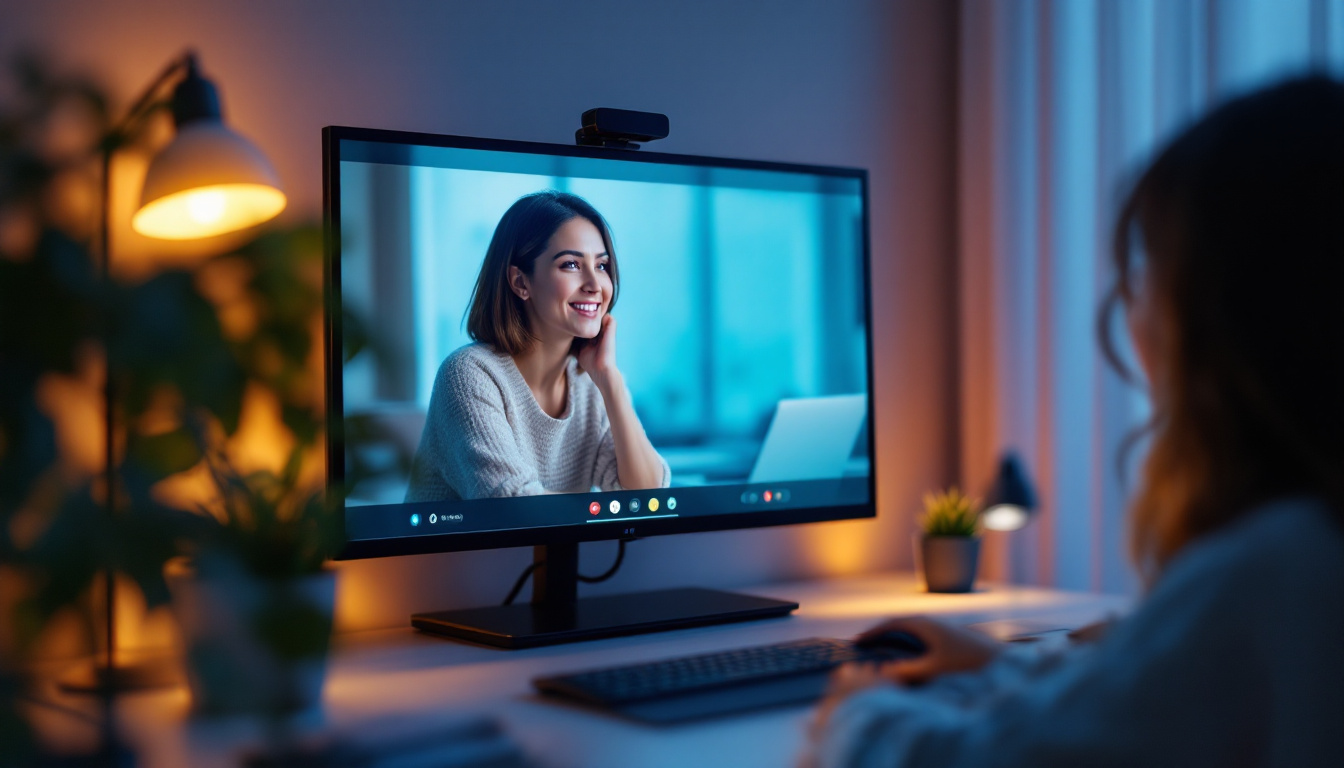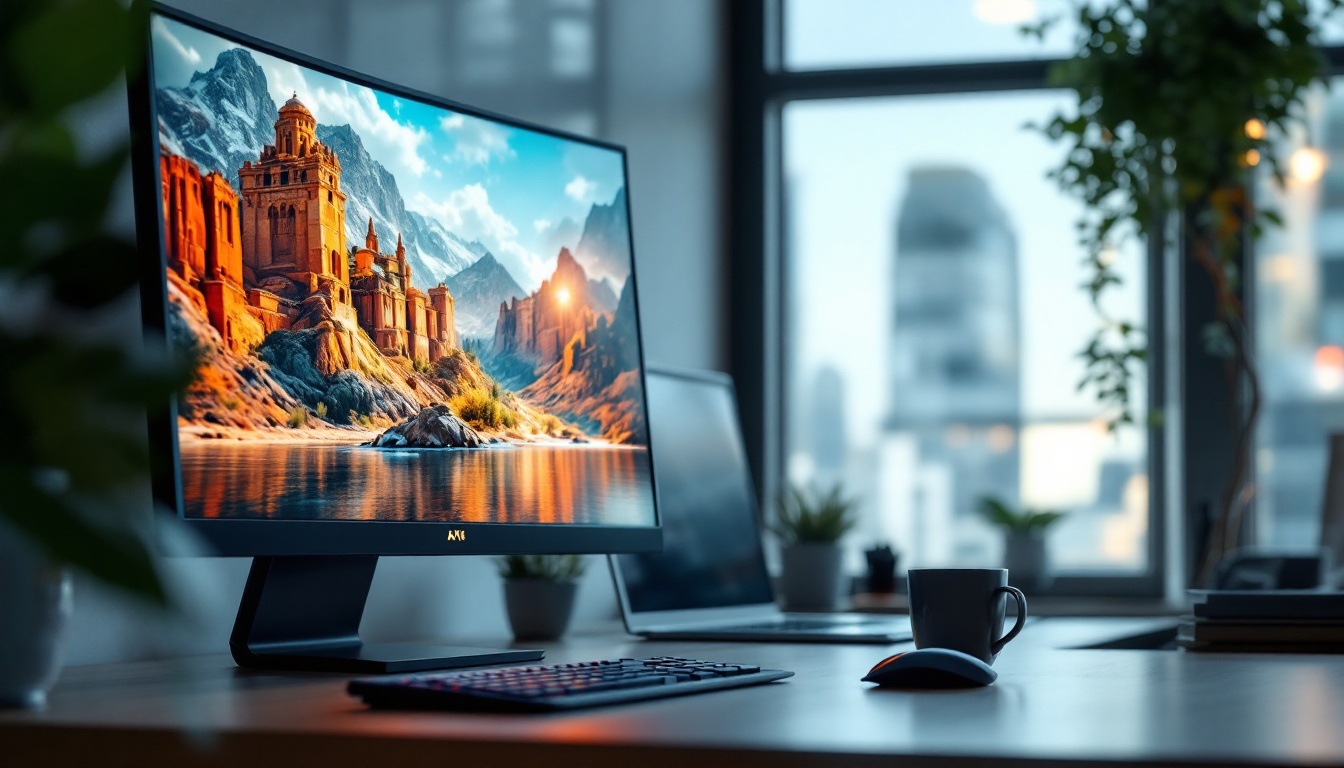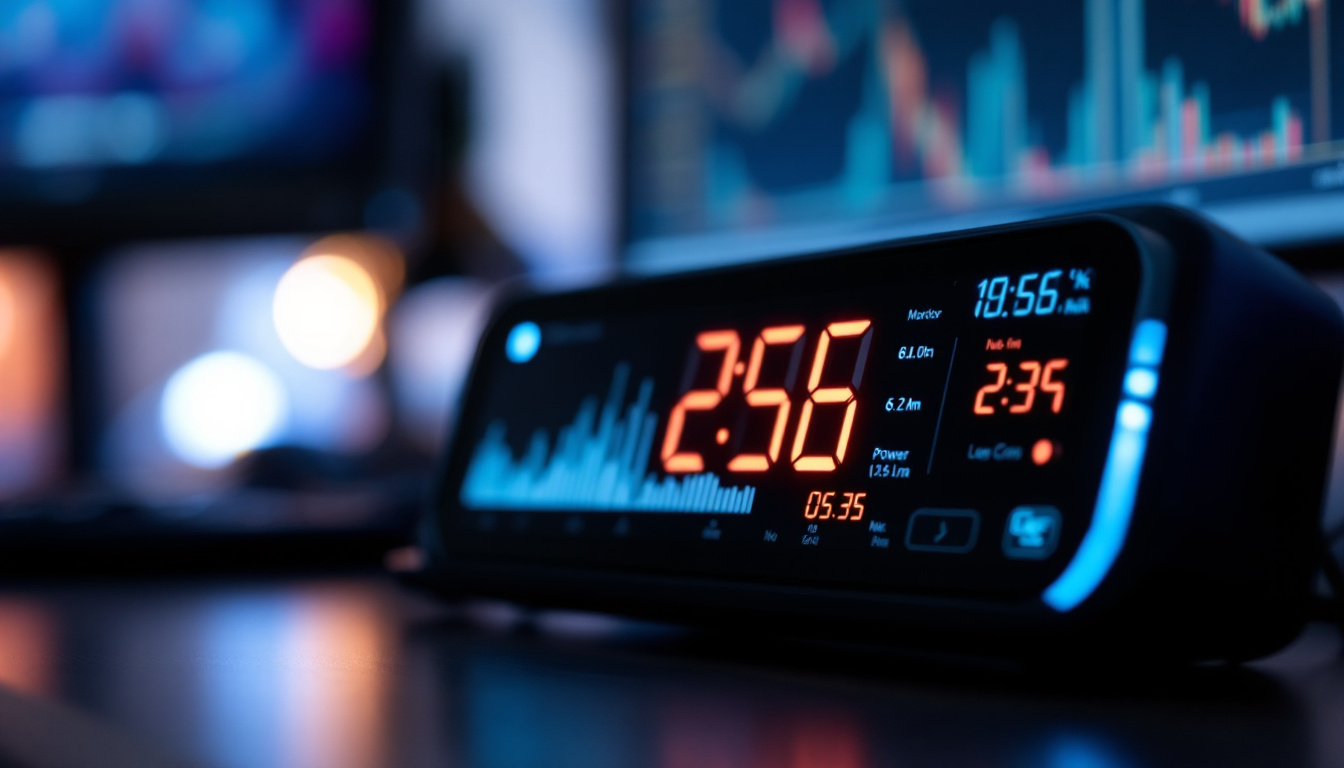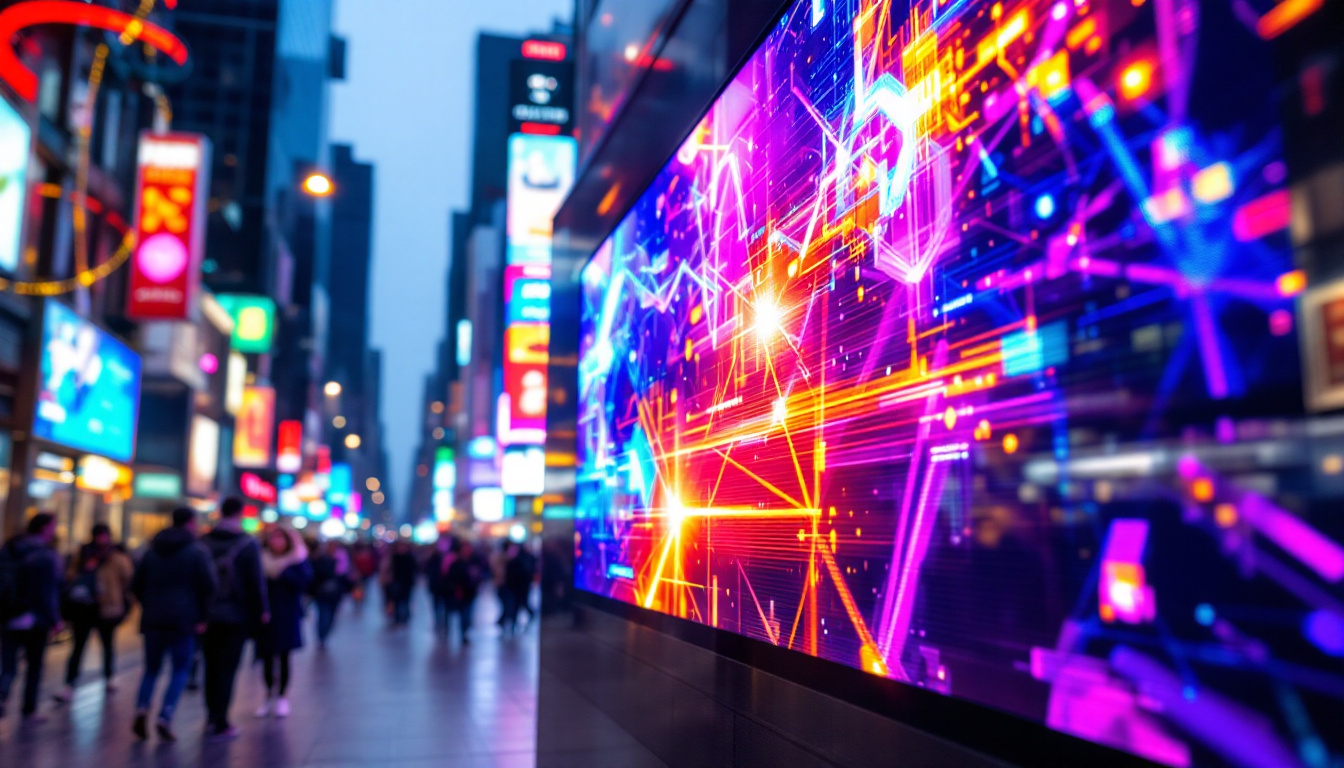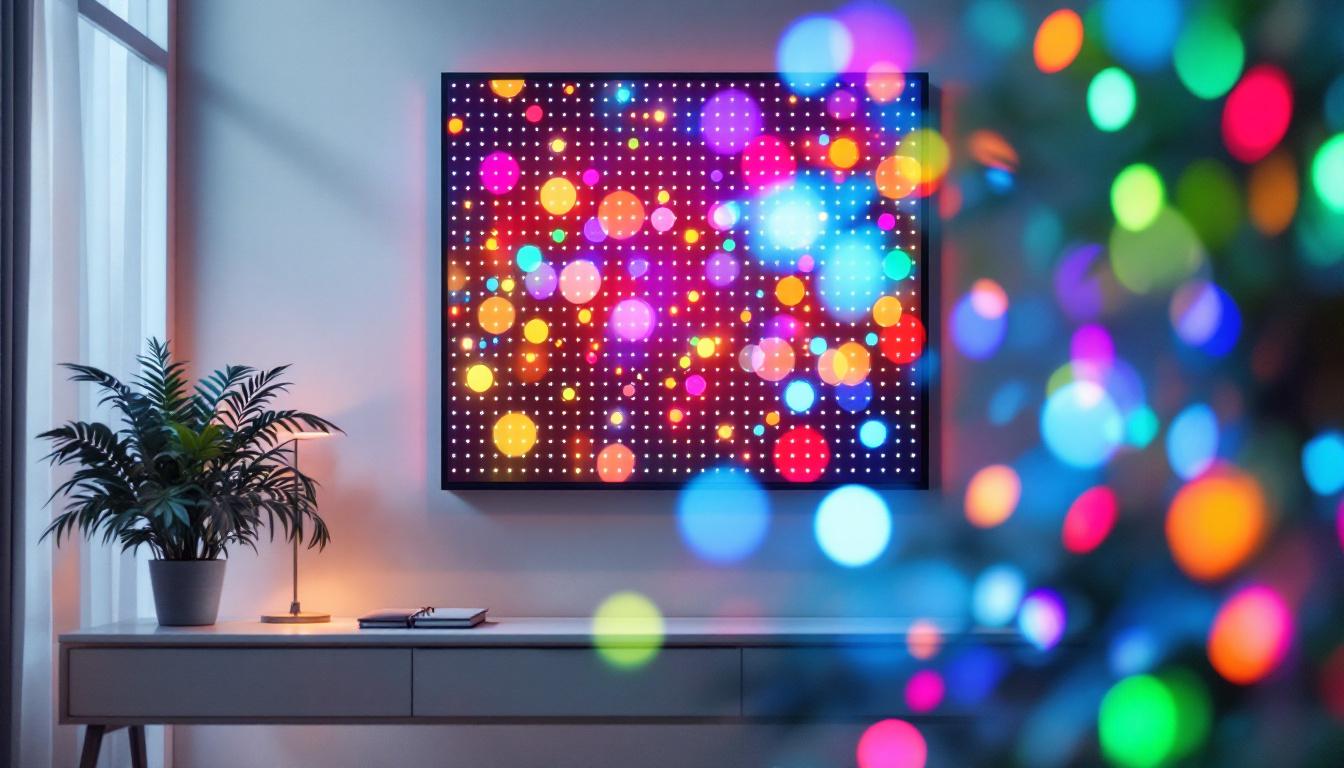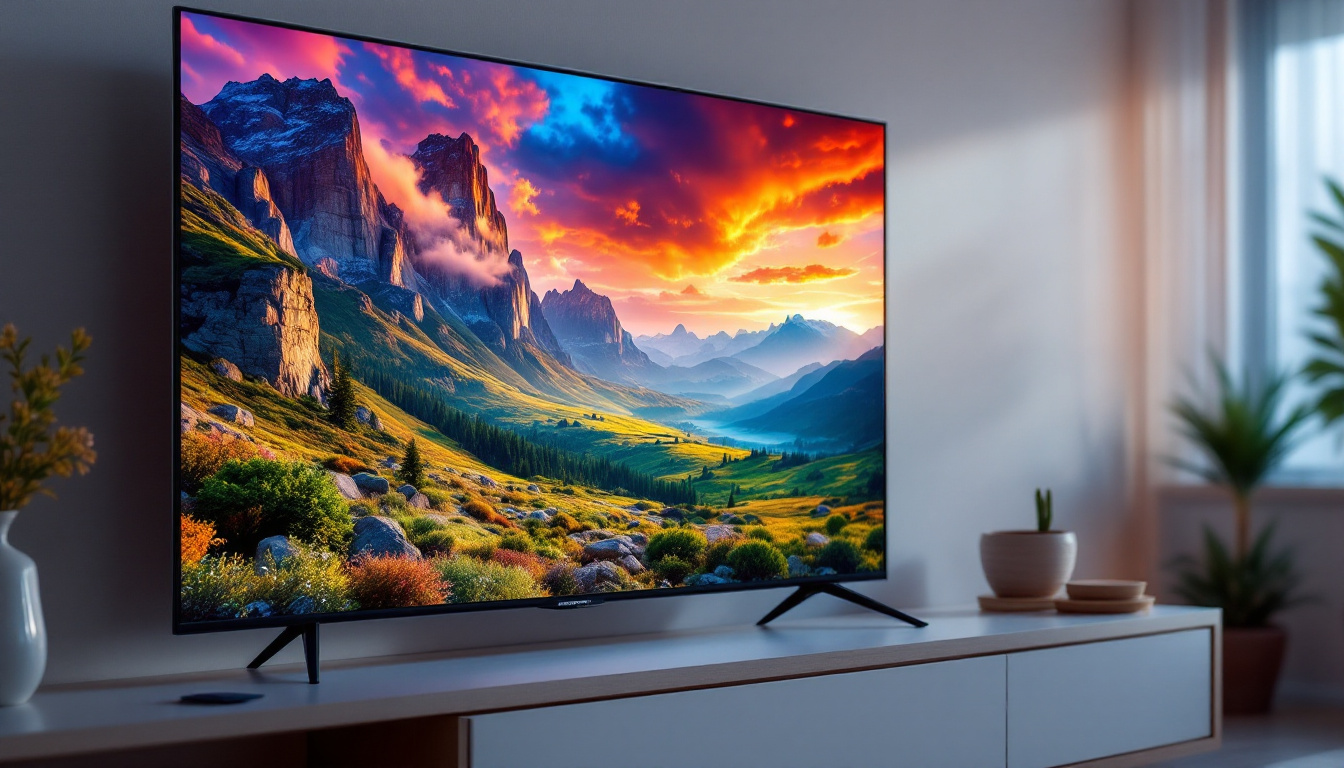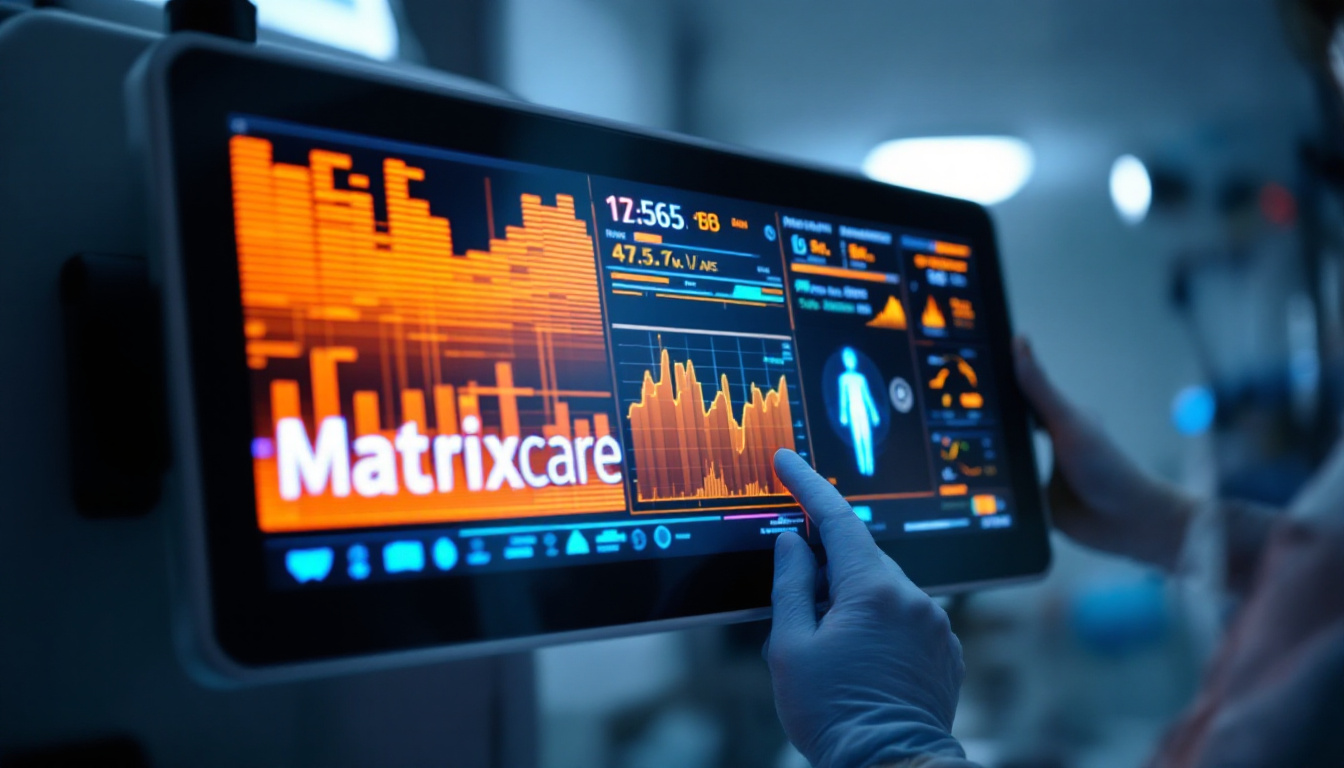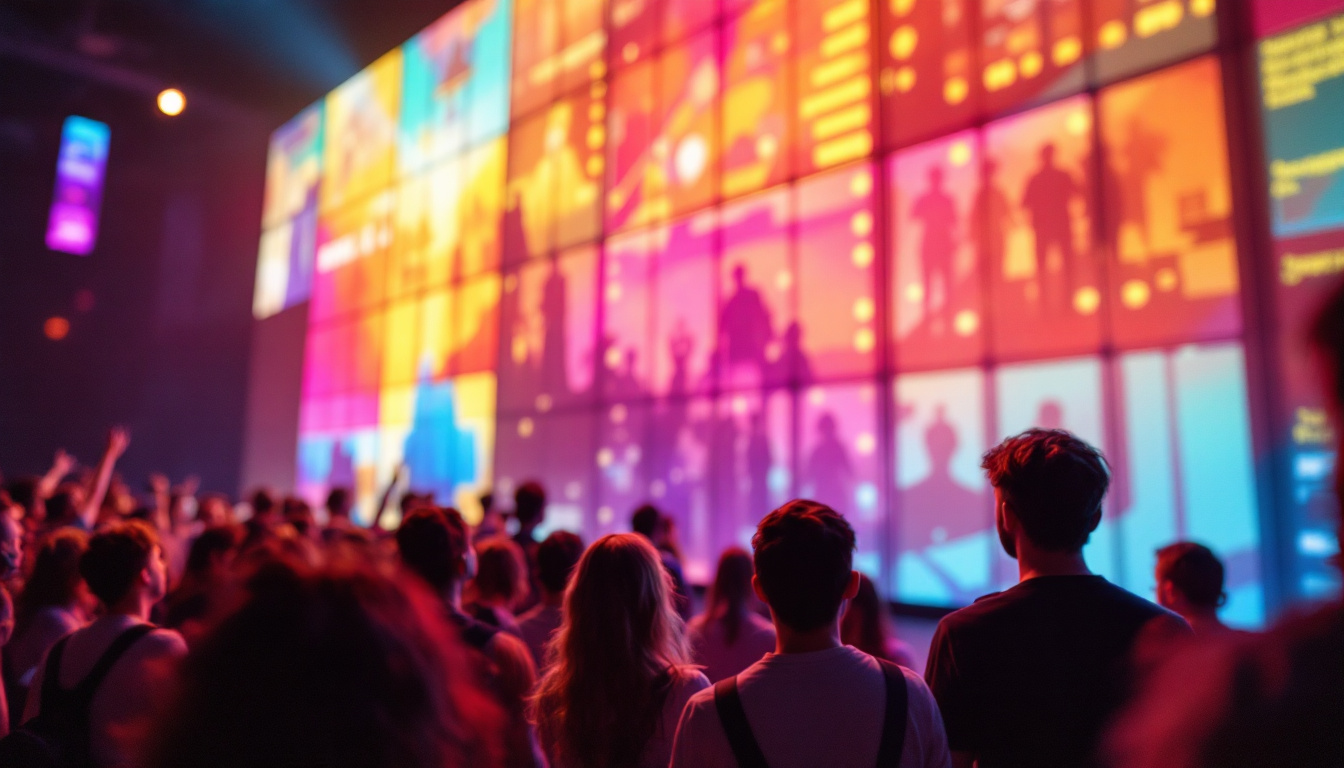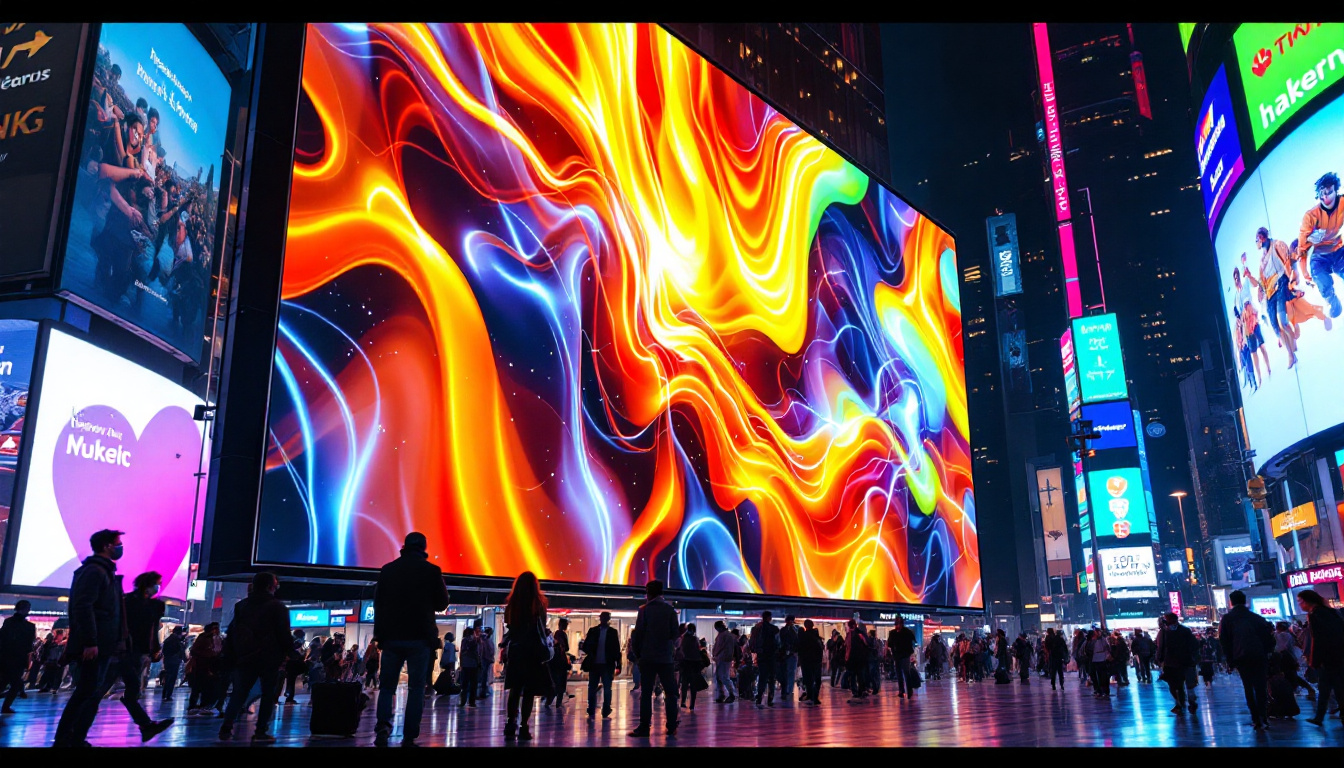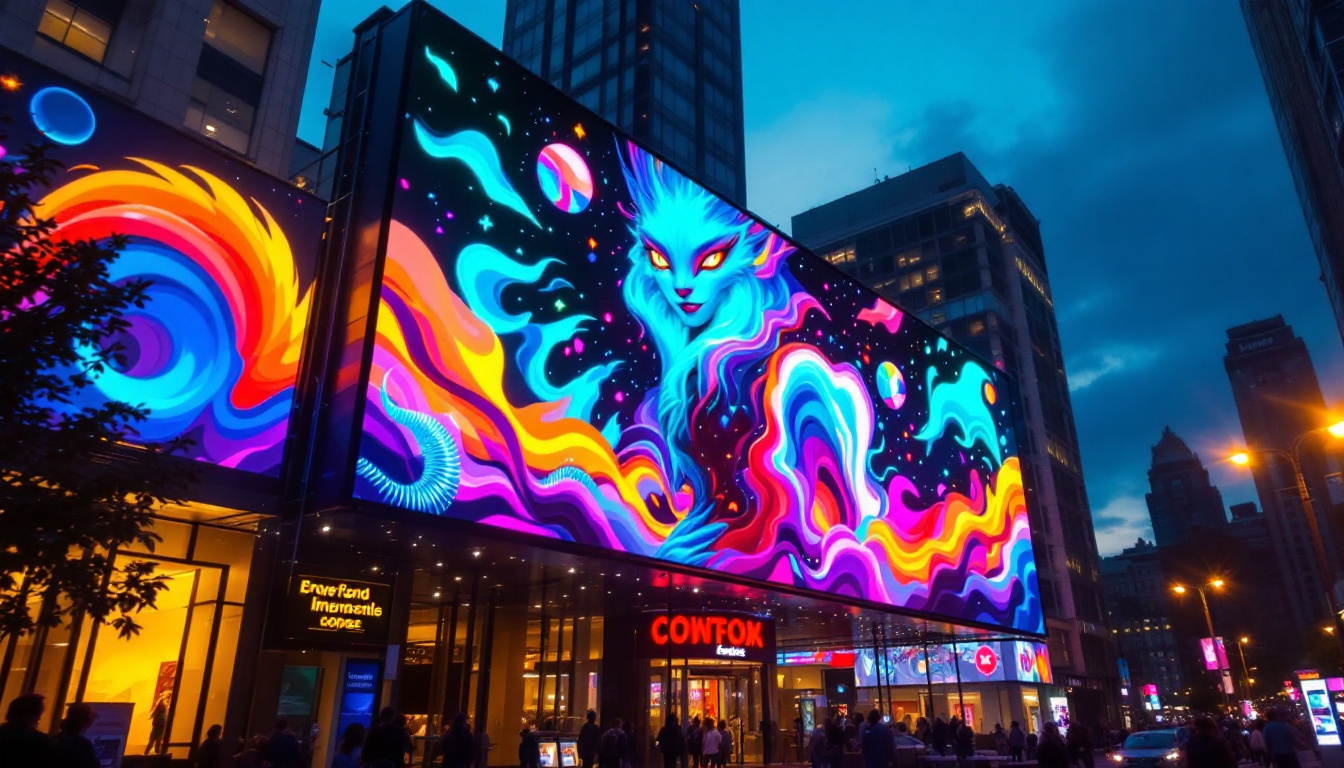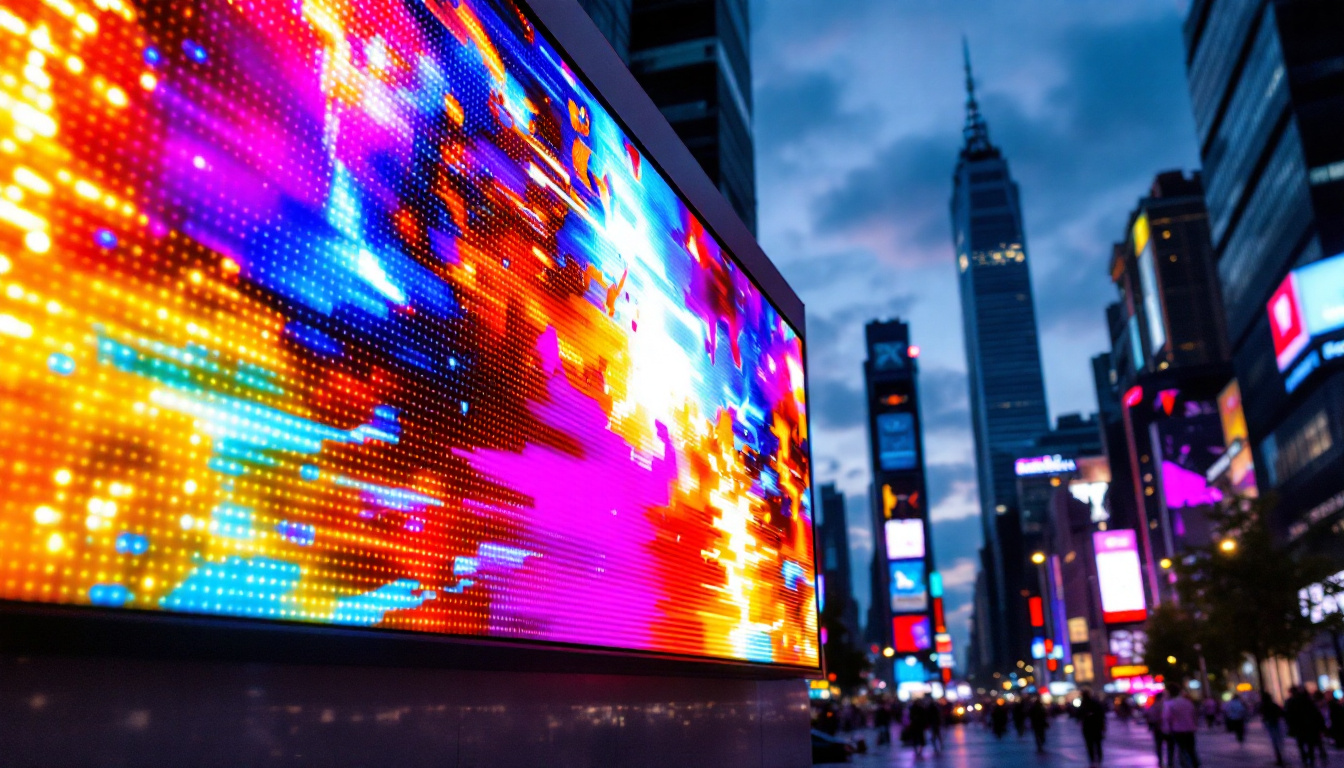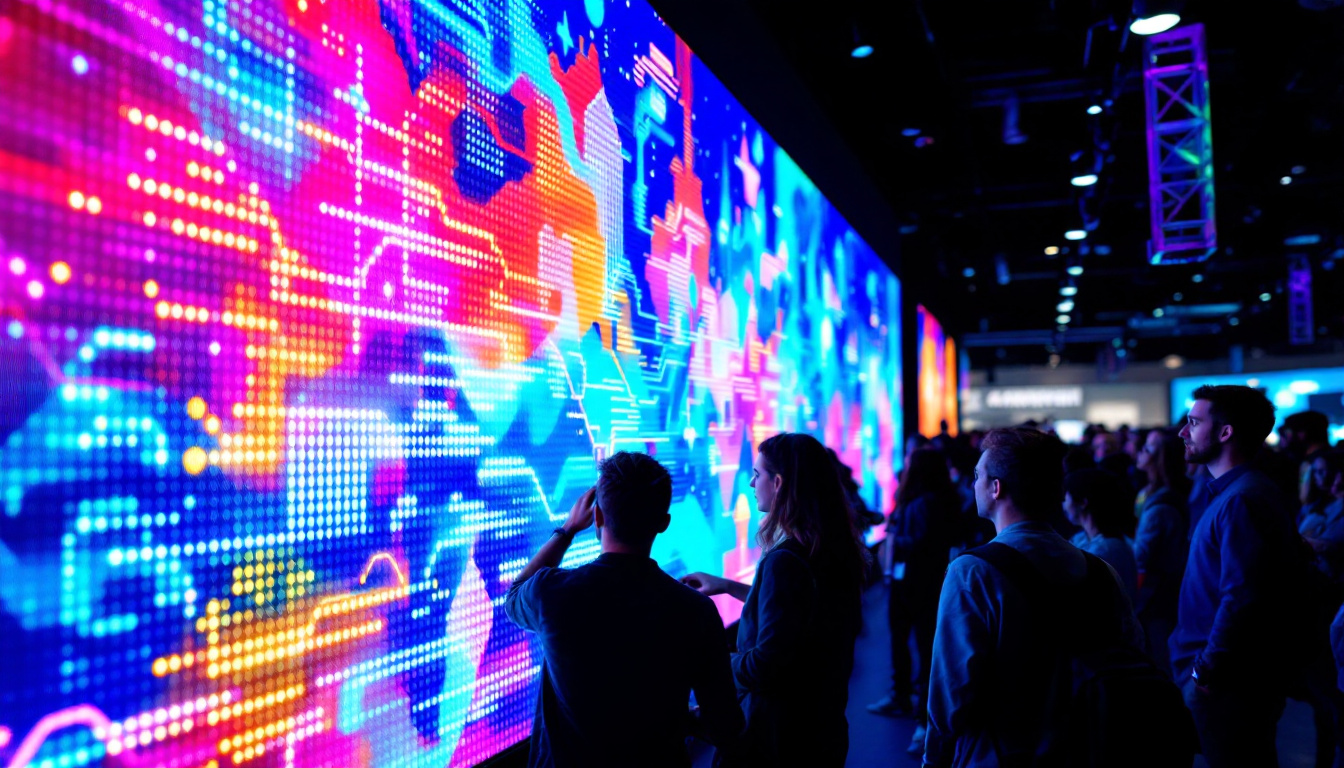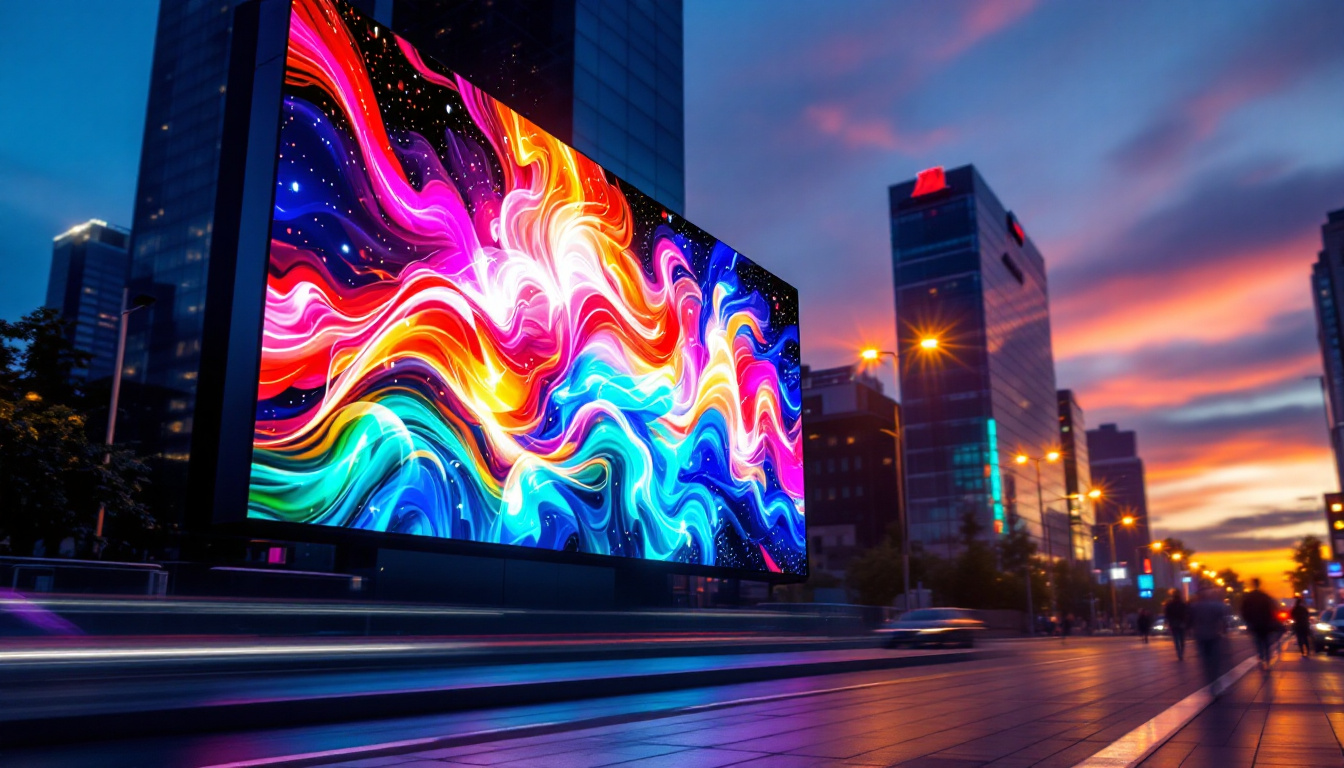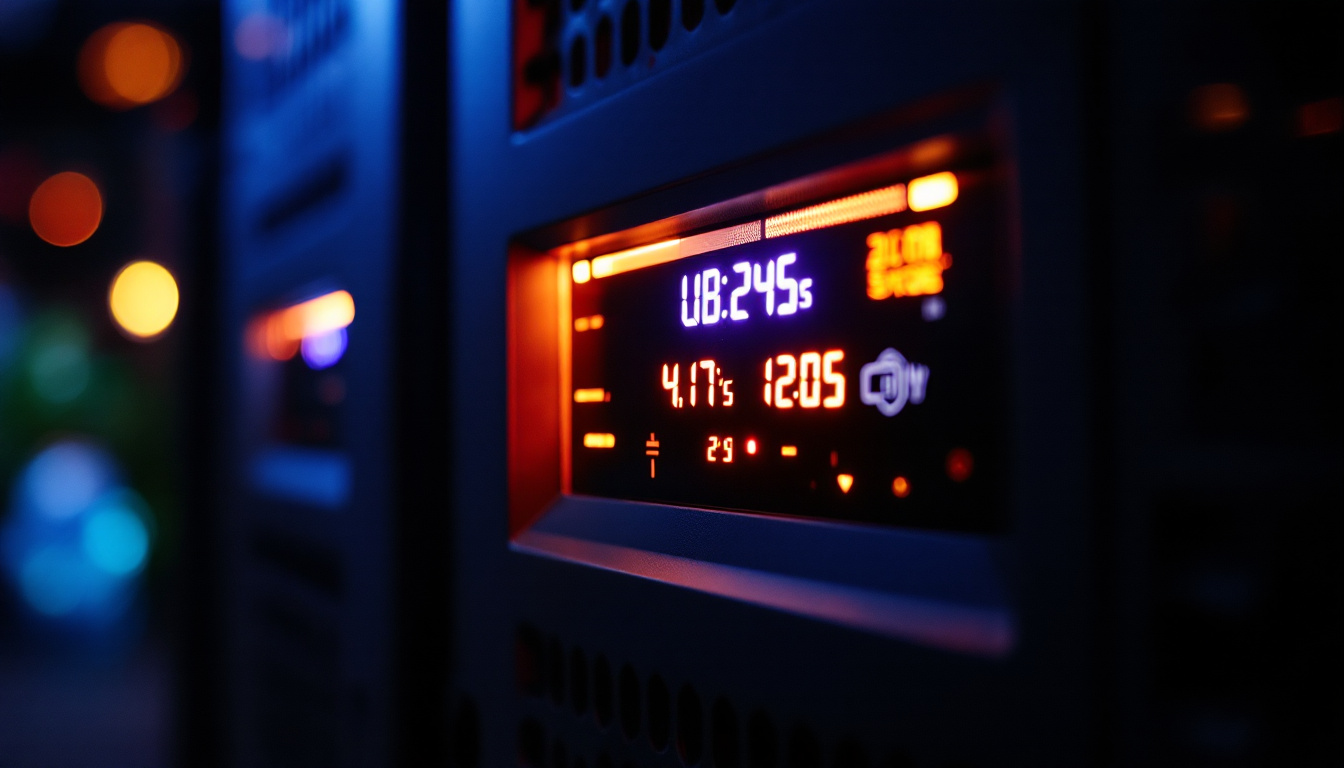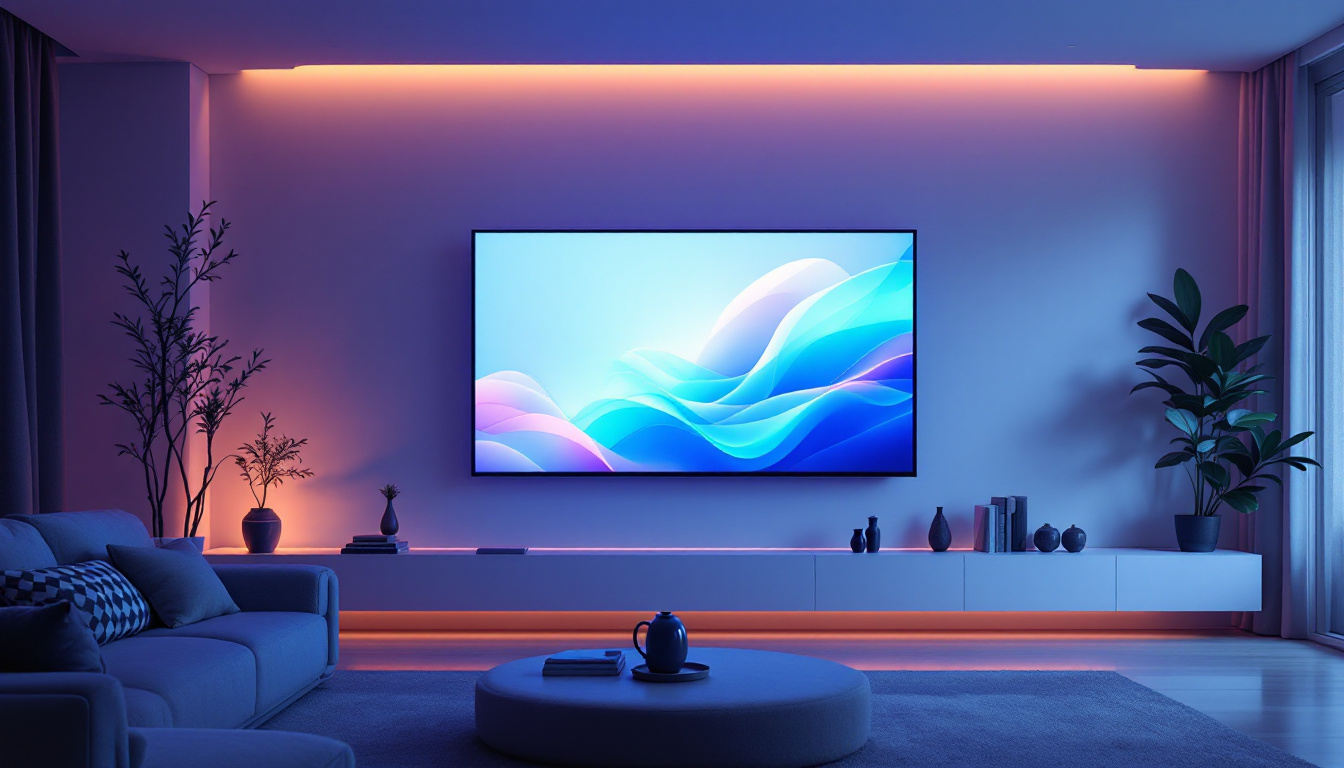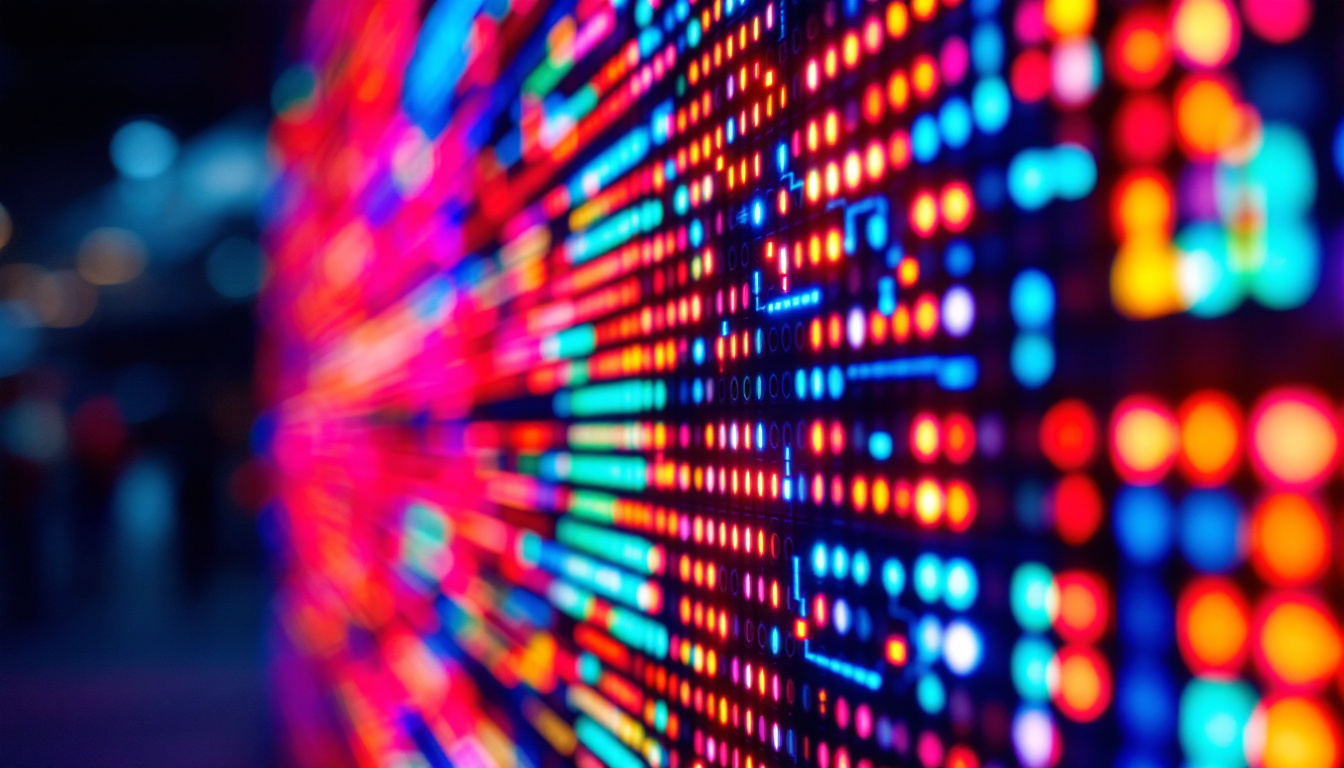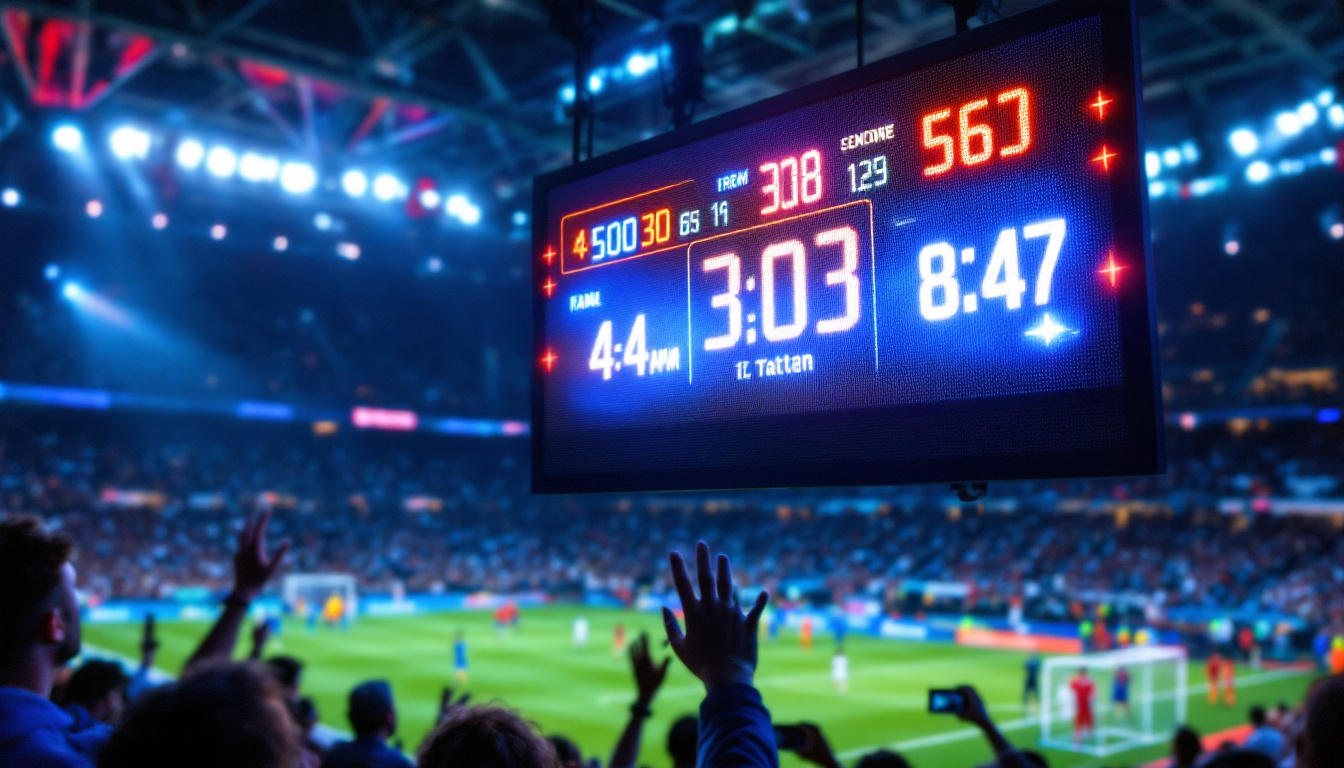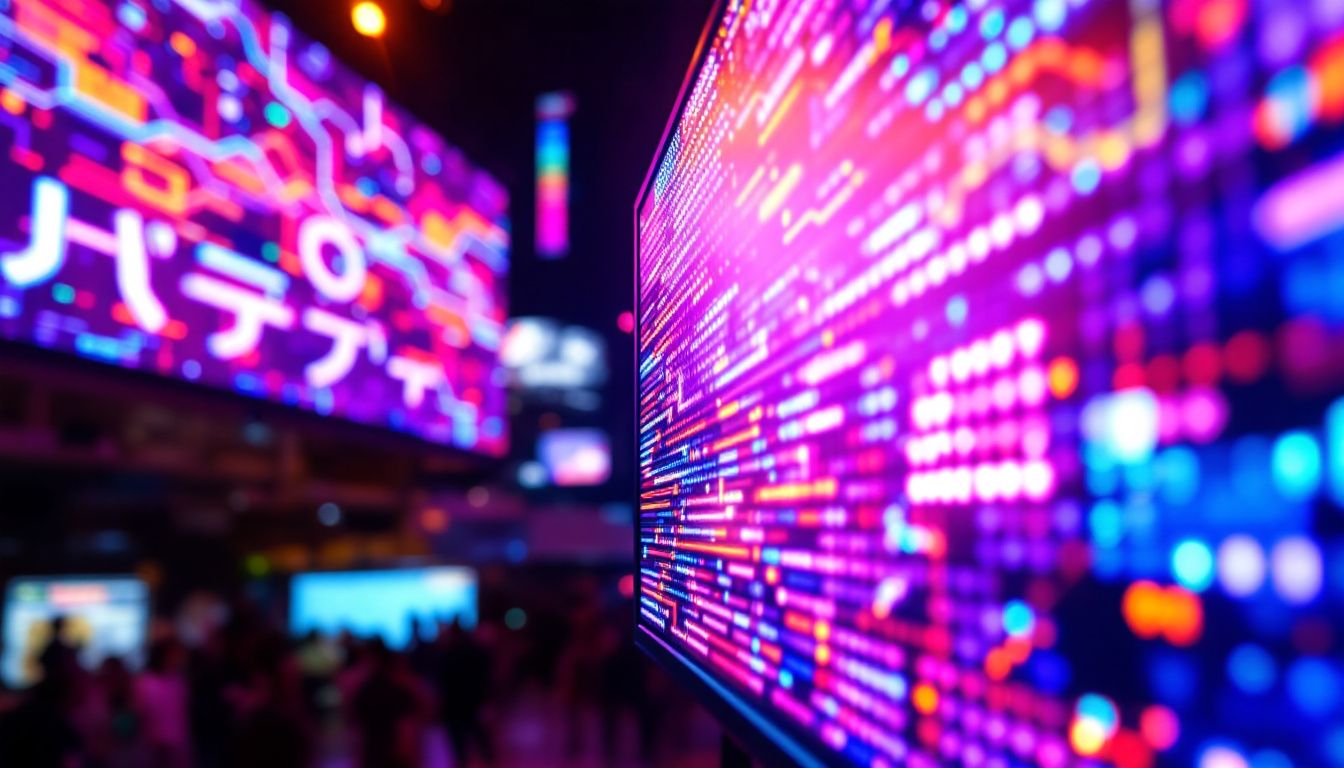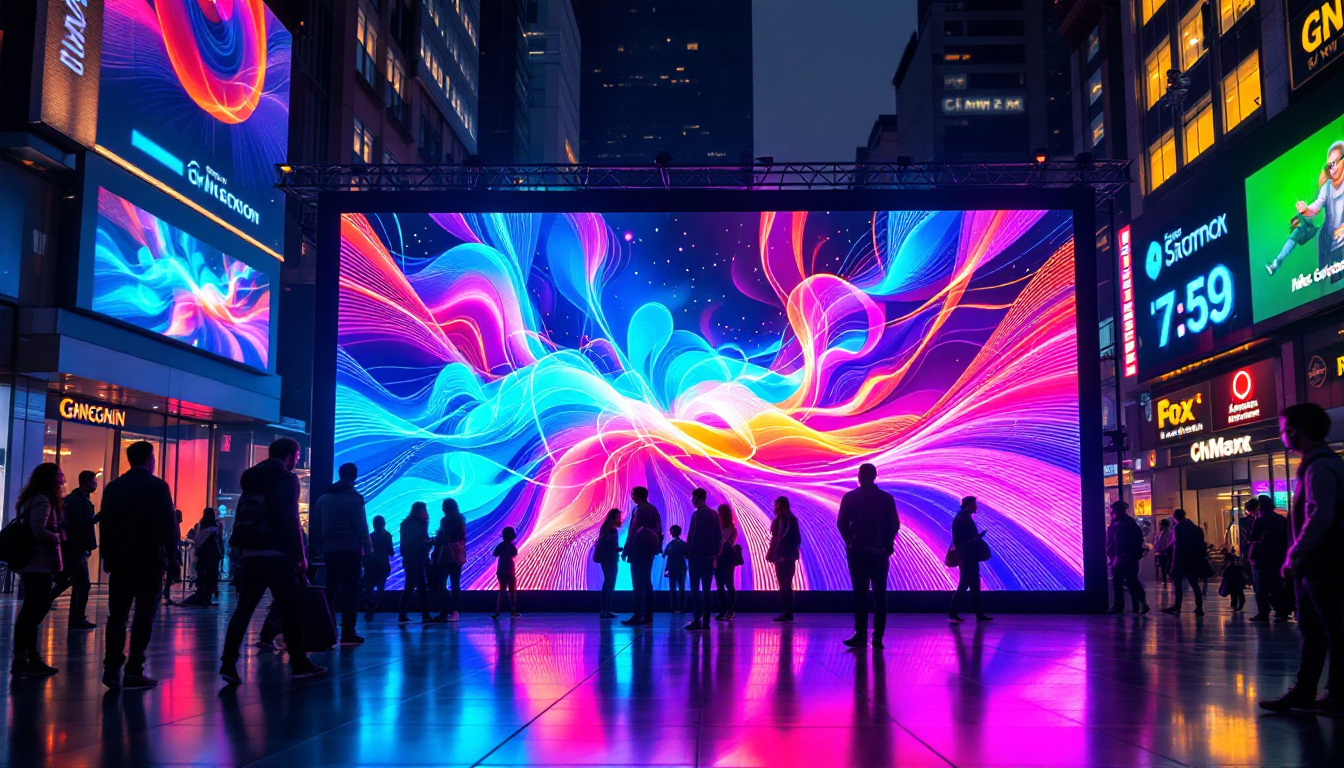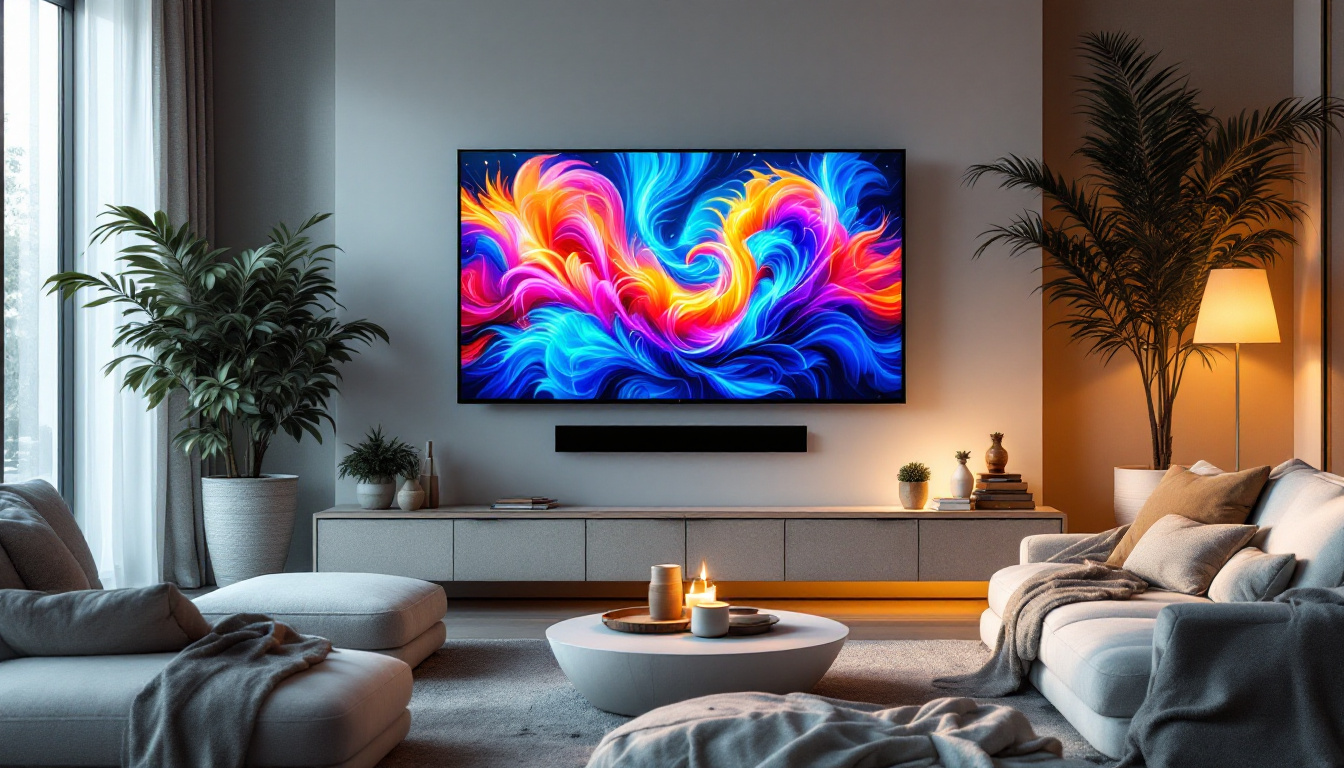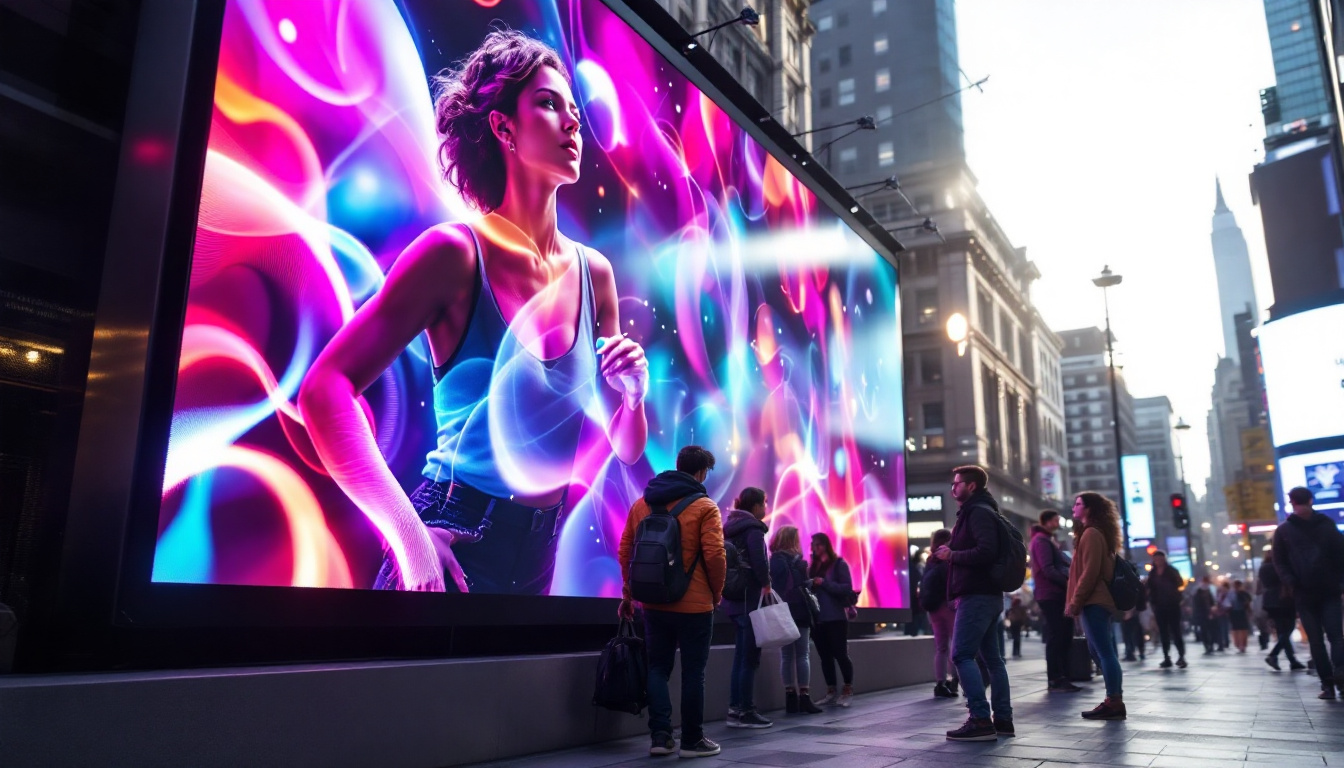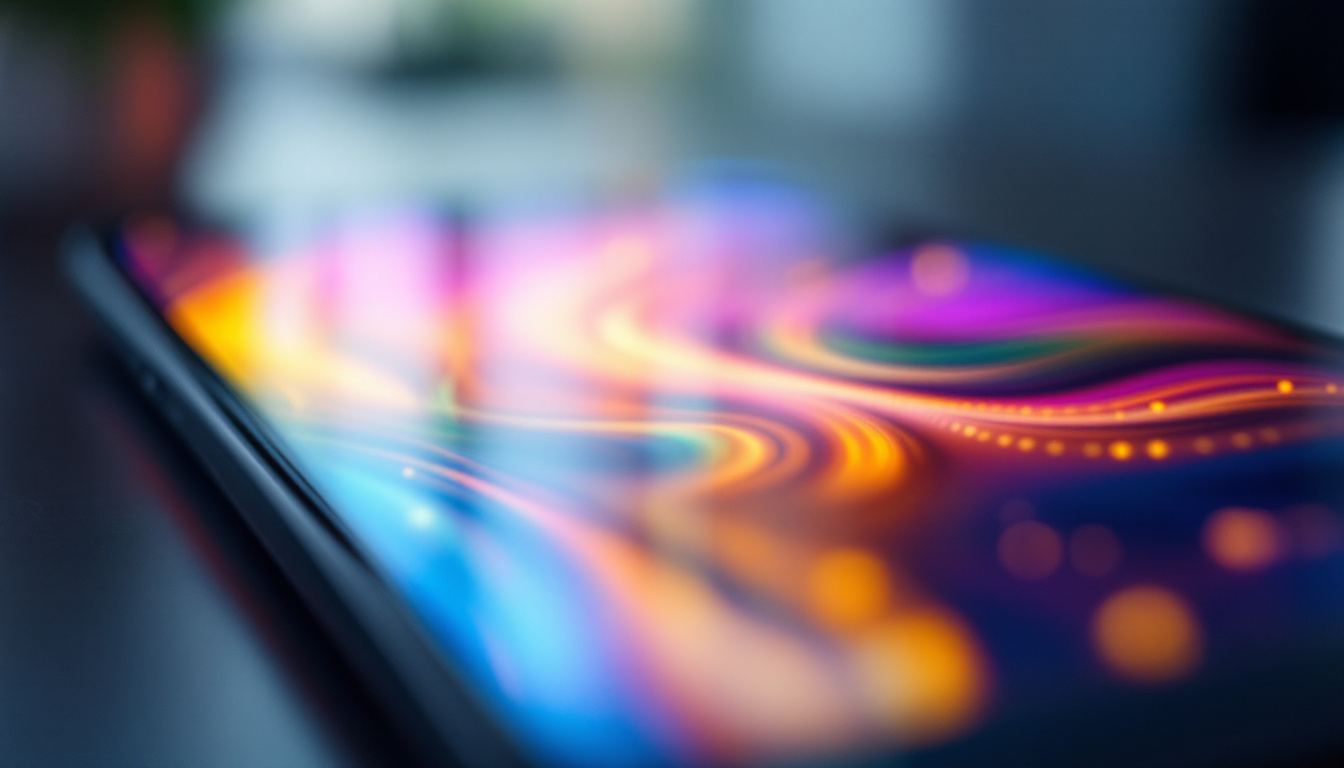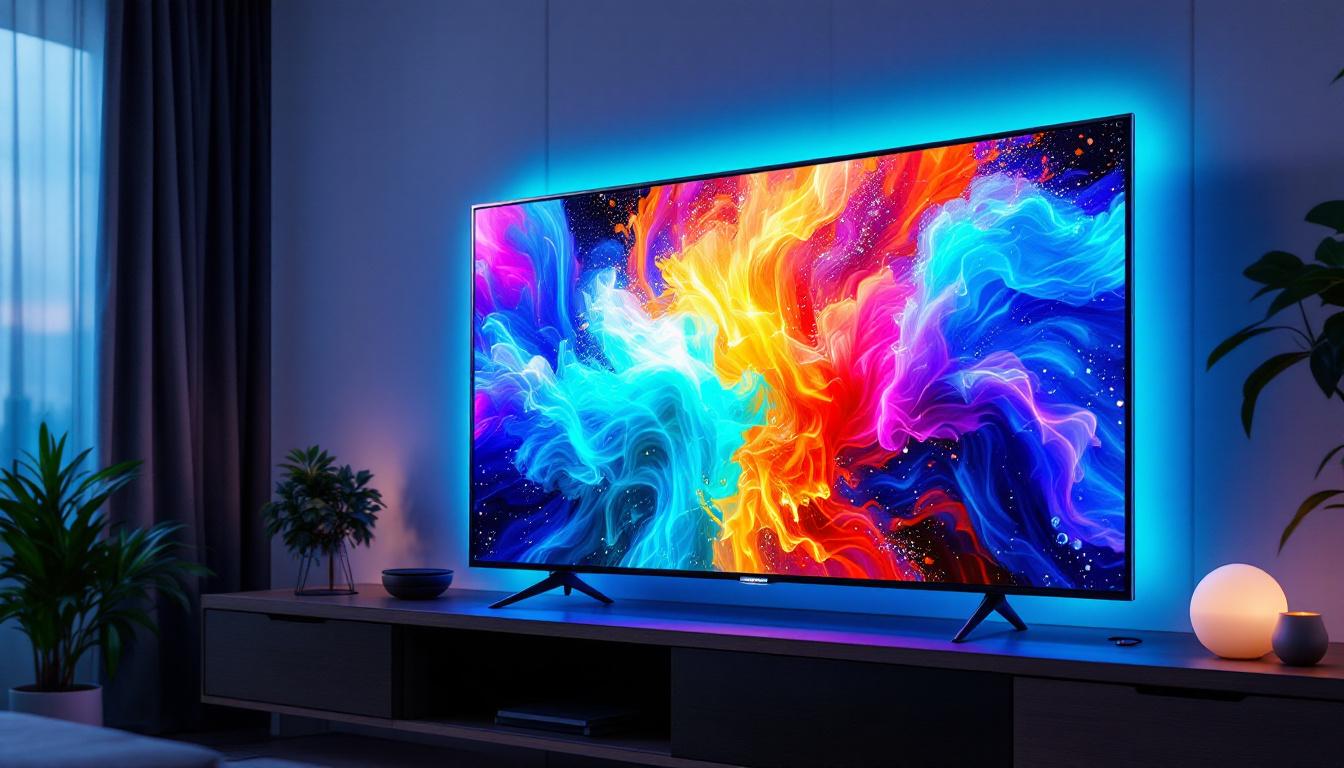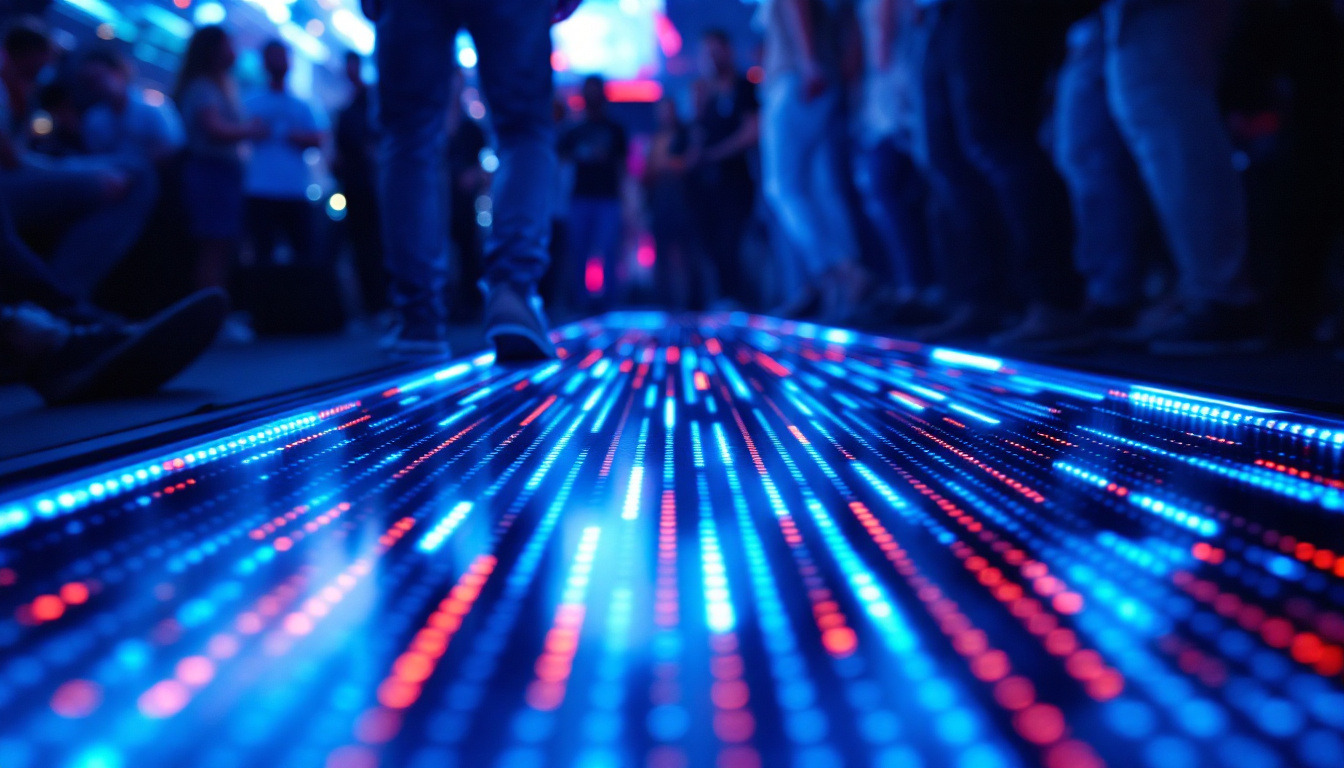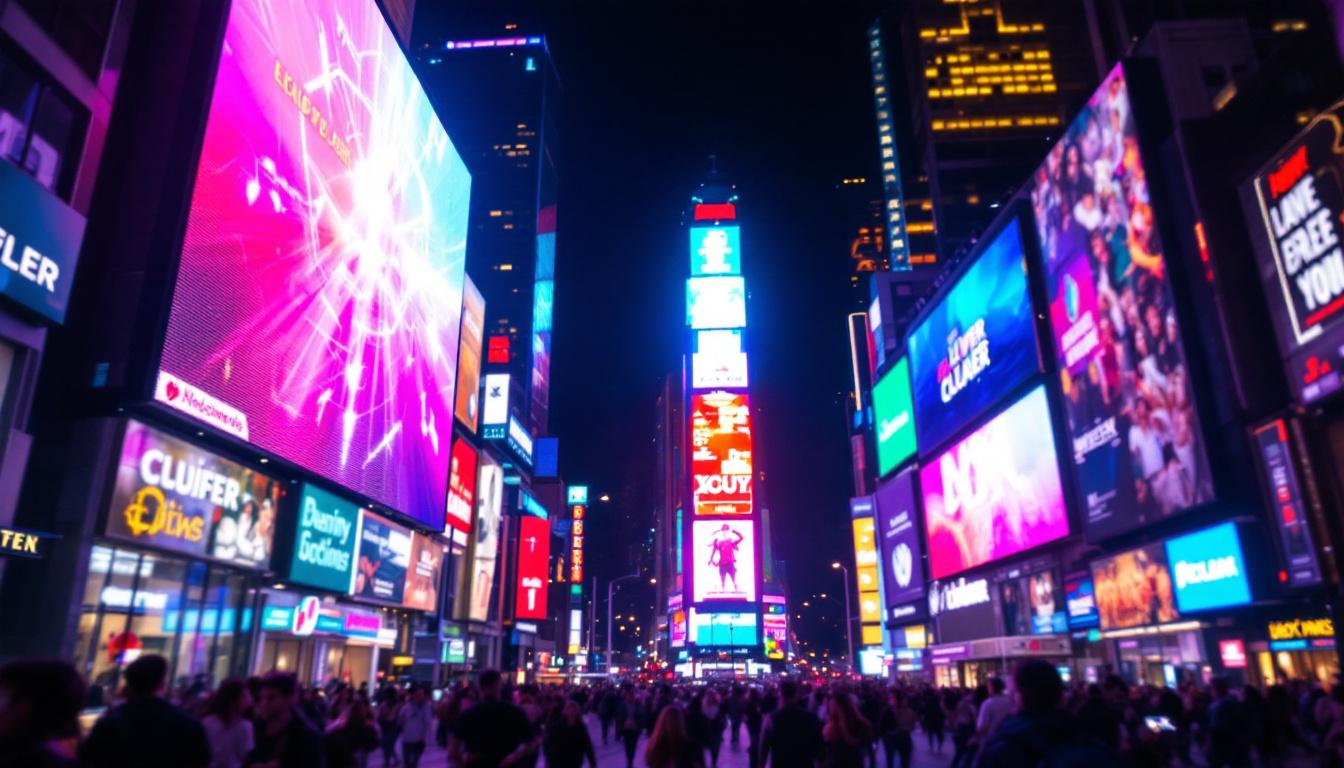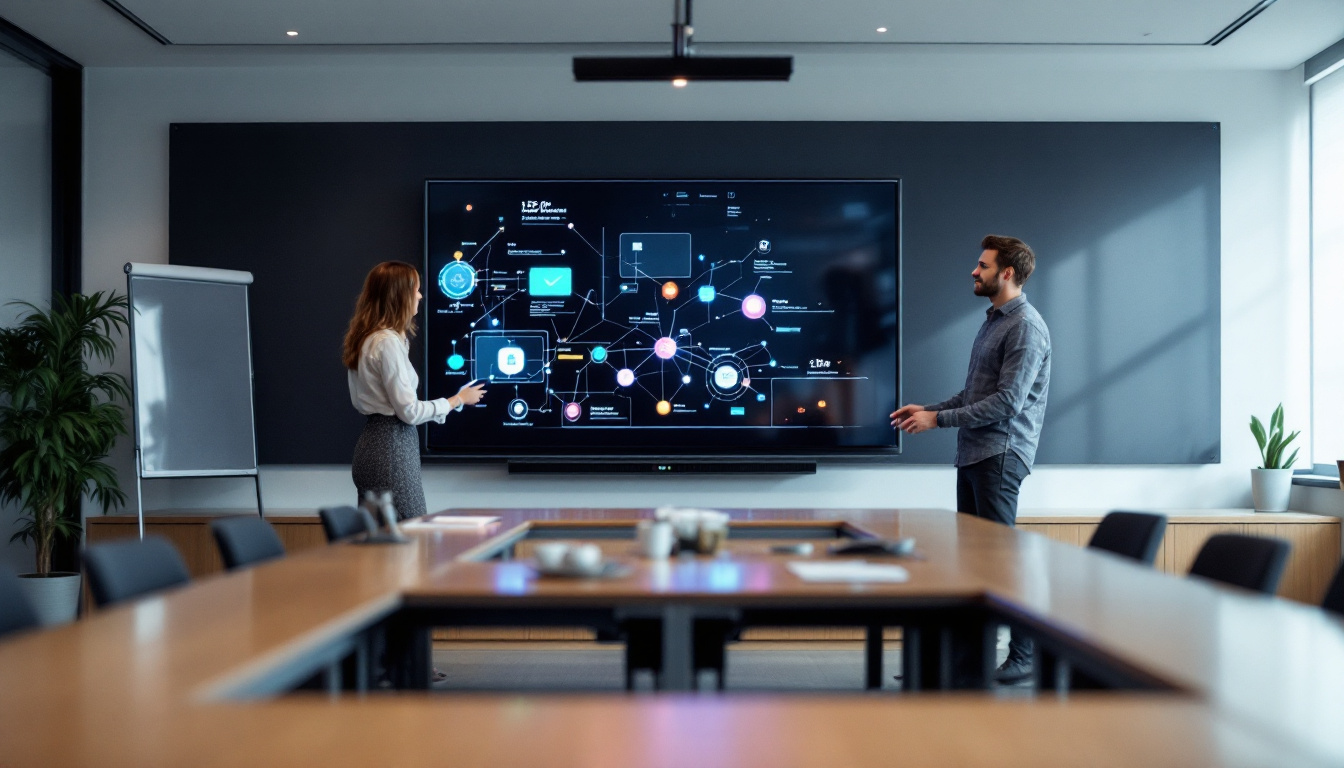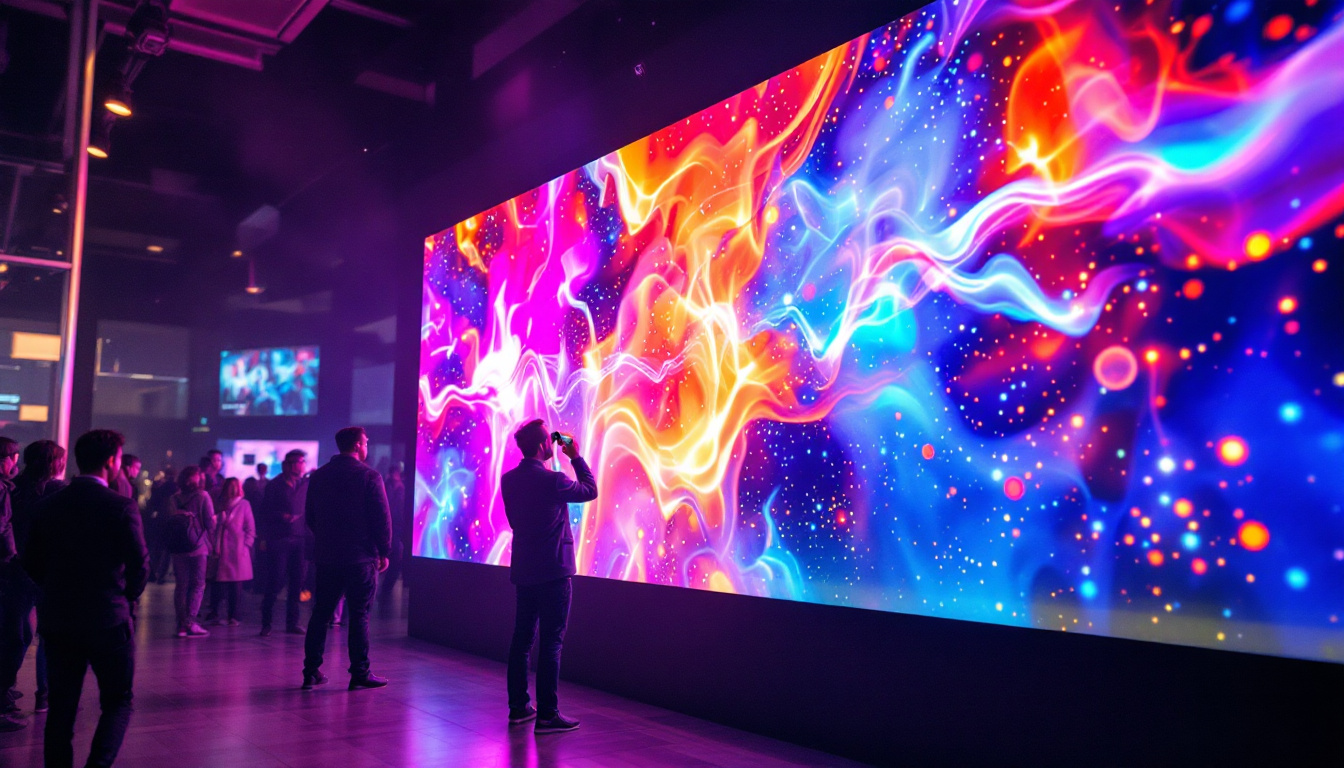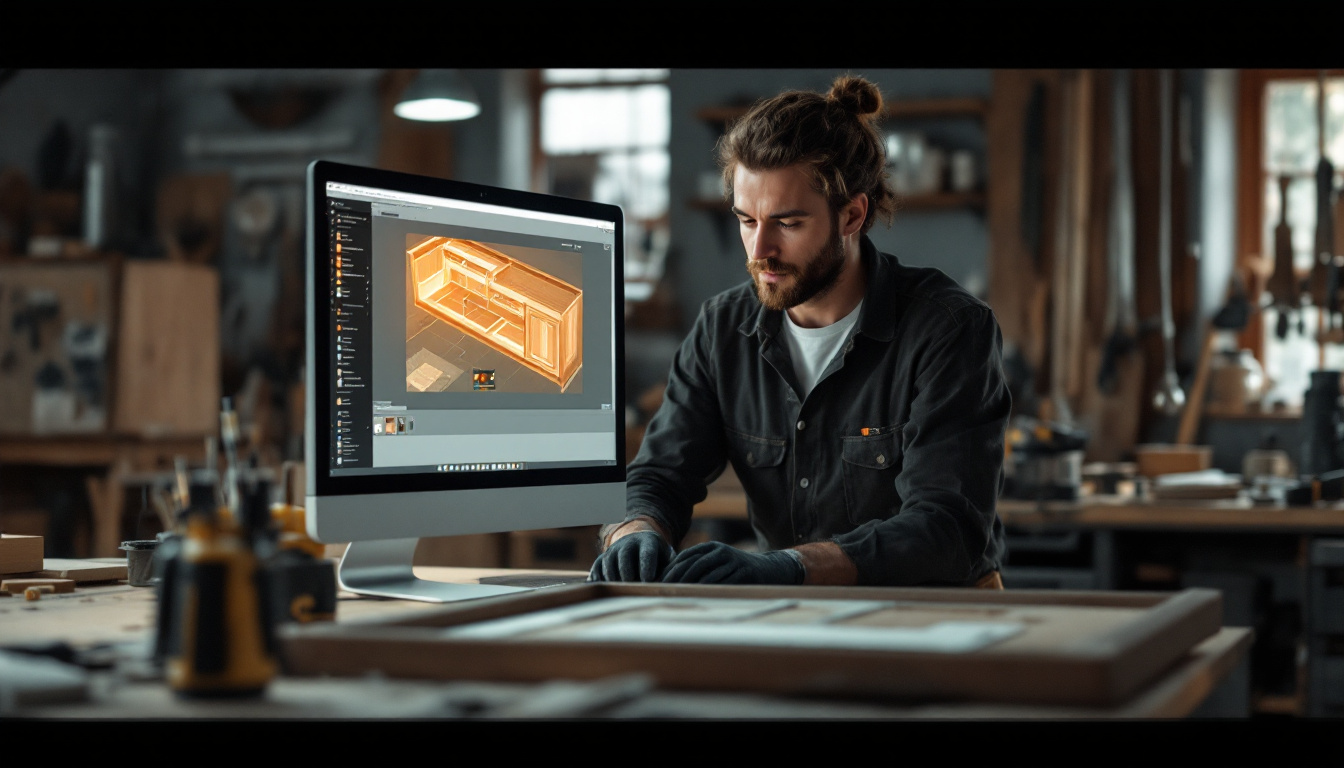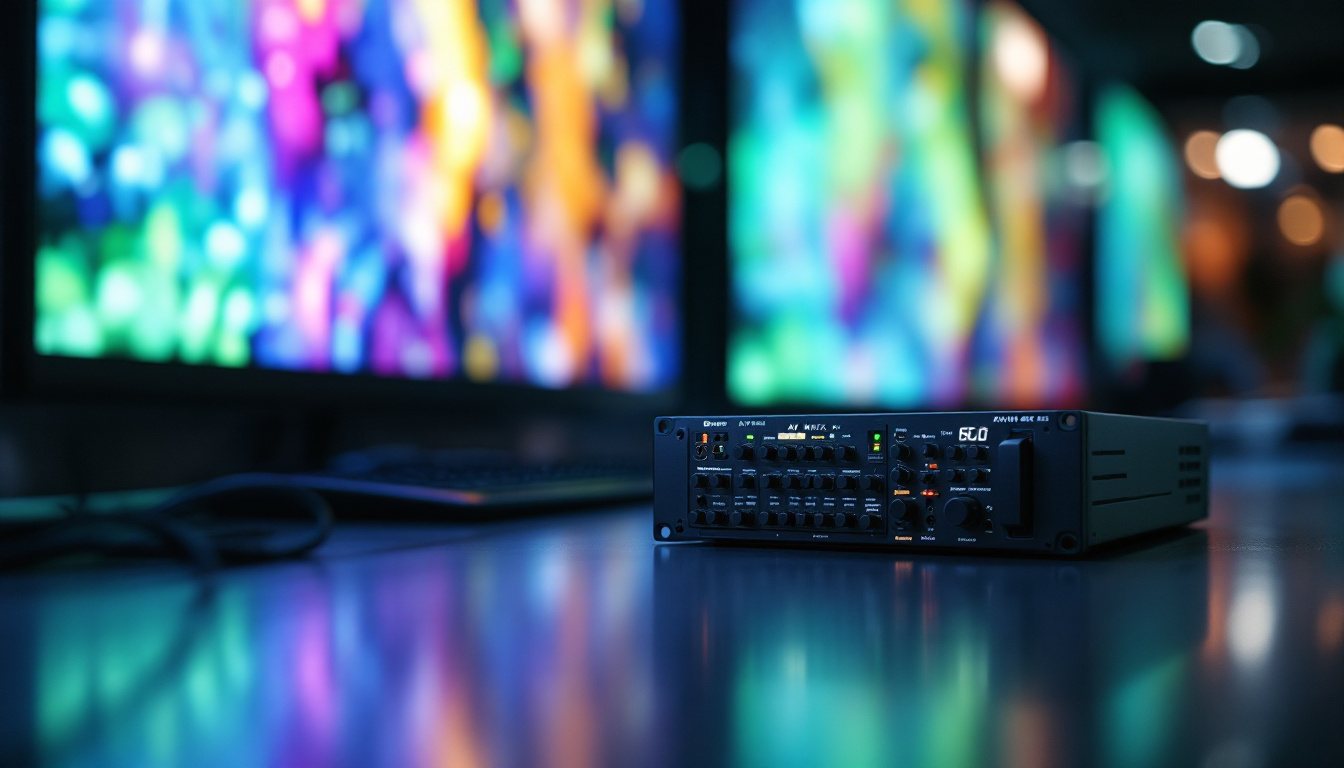In the era of remote work and virtual meetings, video conferencing has become an essential tool for communication. However, the quality of these interactions can be heavily influenced by lighting conditions. This is where video conferencing lights, particularly LED displays, come into play. Understanding how these lights work and their significance can greatly enhance the quality of virtual interactions.
Understanding LED Technology
LED, or Light Emitting Diode, technology has revolutionized the way we illuminate spaces. Unlike traditional incandescent bulbs, LEDs are energy-efficient and have a longer lifespan. They emit light when an electric current passes through a semiconductor material, producing less heat and consuming less power.
Advantages of LED Lighting
One of the primary advantages of LED lighting is its energy efficiency. LEDs consume significantly less power than traditional bulbs, making them a cost-effective choice for long-term use. Additionally, they have a lifespan that can exceed 25,000 hours, reducing the need for frequent replacements.
Another benefit of LED lights is their versatility. They come in various shapes, sizes, and color temperatures, allowing users to select the perfect lighting for their specific needs. This adaptability is particularly useful in a video conferencing setting, where lighting can greatly impact the overall experience. Furthermore, LEDs are available in smart lighting options, which can be controlled remotely via smartphones or voice assistants, adding an extra layer of convenience and customization to any environment.
Color Temperature and Video Quality
Color temperature, measured in Kelvin (K), plays a crucial role in video conferencing. The right color temperature can enhance skin tones and overall image quality. For instance, a color temperature around 5000K to 6500K is often recommended for video conferencing, as it mimics natural daylight and provides a flattering appearance.
Using LED lights with adjustable color temperatures allows users to tailor their lighting setup according to the time of day or specific requirements of the meeting. This flexibility can help create a more professional and engaging atmosphere during virtual interactions. Moreover, the ability to adjust brightness levels can also contribute to reducing eye strain during prolonged use, making LED lighting an excellent choice for those who spend significant time in front of screens. The right lighting not only enhances visual clarity but also helps maintain focus and productivity during important discussions.
The Importance of Proper Lighting in Video Conferencing
Proper lighting is essential for creating a professional appearance during video calls. Insufficient or harsh lighting can lead to unflattering images, making it difficult for participants to engage effectively. Understanding the impact of lighting can help individuals and organizations enhance their video conferencing experience.
Effects of Poor Lighting
Poor lighting can manifest in various ways during video calls. Insufficient light can create shadows on the face, making it difficult for others to see expressions and engage in conversation. Conversely, overly bright lighting can wash out features, leading to a flat appearance. Both scenarios can detract from the overall communication experience.
Moreover, participants may find it challenging to focus on discussions when the lighting is not conducive to a clear visual experience. This distraction can hinder productivity and lead to misunderstandings during critical meetings. In fact, studies have shown that poor lighting can also affect the perceived professionalism of the speaker, potentially undermining their credibility and the effectiveness of their message. When participants are unable to see facial cues clearly, it can lead to a breakdown in communication, as non-verbal signals play a significant role in how messages are interpreted.
Creating a Professional Setup
To create a professional video conferencing setup, it is crucial to consider the placement and intensity of lighting. Ideally, the light source should be positioned in front of the speaker, illuminating the face evenly. This setup minimizes shadows and enhances visibility, making interactions more engaging.
In addition to positioning, using adjustable LED lights can help achieve the desired brightness and color temperature. Experimenting with different setups can lead to optimal results, ensuring that participants appear professional and approachable during calls. Incorporating natural light can also be beneficial; positioning oneself near a window can provide a soft, flattering glow that enhances the overall appearance. However, it’s essential to be mindful of the time of day and weather conditions, as changing light can affect the consistency of the video quality. Additionally, utilizing diffusers or softboxes can help to soften harsh light, creating a more inviting atmosphere that encourages open dialogue and collaboration among participants.
Types of Video Conferencing Lights
There are several types of video conferencing lights available, each with its unique features and benefits. Understanding these options can help users select the best lighting solution for their needs.
Ring Lights
Ring lights have gained popularity among content creators and professionals alike. Their circular design allows for even illumination, reducing shadows and creating a flattering appearance. These lights are particularly effective for close-up shots, making them ideal for video conferencing.
Many ring lights come with adjustable brightness settings and color temperatures, providing users with the flexibility to customize their lighting. This adaptability is crucial for achieving the best possible video quality during virtual meetings. Additionally, some ring lights are equipped with smartphone holders or camera mounts, making them a convenient all-in-one solution for those who frequently switch between devices during calls or presentations. Their portability also makes them easy to transport, allowing users to maintain consistent lighting whether they are at home or on the go.
Softbox Lights
Softbox lights are another excellent option for video conferencing. They diffuse light, creating a soft and even illumination that minimizes harsh shadows. This type of lighting is particularly beneficial for larger setups or when multiple participants are involved in a video call.
Softbox lights typically require more space than ring lights, making them suitable for dedicated home offices or studio setups. They can also be adjusted for brightness and color temperature, allowing users to achieve the desired effect for their video calls. Furthermore, many softbox lights come with removable diffusers, which can further soften the light output or allow for more direct lighting when needed. This versatility makes them a favorite among professionals who want to enhance their video quality while maintaining a natural look.
LED Panel Lights
LED panel lights are versatile and can be used in various settings, including video conferencing. These lights provide a broad, even light source that can cover a larger area, making them suitable for multiple participants or larger spaces.
Many LED panel lights come with adjustable features, such as brightness and color temperature, allowing users to tailor their lighting to suit their specific needs. Their slim profile makes them easy to mount or position, providing flexibility in setup. Moreover, some LED panels are designed to be dimmable and can be controlled remotely, adding convenience for users who may want to adjust their lighting without interrupting their video calls. Additionally, LED technology is energy-efficient and has a long lifespan, making it a cost-effective choice for those who frequently engage in video conferencing.
Setting Up Your Video Conferencing Light
Once the appropriate lighting option has been selected, setting it up correctly is essential for achieving optimal results. Here are some tips for effectively positioning and using video conferencing lights.
Positioning the Light
The placement of the light source is critical in ensuring even illumination. Ideally, the light should be positioned at eye level and slightly in front of the speaker. This positioning helps to eliminate shadows and creates a more flattering appearance.
When using multiple light sources, it is essential to balance their intensity to avoid uneven lighting. Experimenting with different placements can help achieve the best results, ensuring that the speaker is well-lit without harsh shadows or glare.
Adjusting Brightness and Color Temperature
Most modern LED lights come with adjustable brightness and color temperature settings. It is advisable to experiment with these settings to find the optimal combination for the specific environment. For instance, during the day, a cooler color temperature may be more appropriate, while warmer tones can be more flattering in the evening.
Adjusting the brightness is equally important. Too much light can wash out features, while too little can create shadows. Finding the right balance can enhance the overall video quality and create a more engaging experience for all participants.
Maintaining Your Video Conferencing Light
To ensure the longevity and effectiveness of video conferencing lights, proper maintenance is essential. Regular upkeep can help maintain optimal performance and extend the lifespan of the equipment.
Cleaning the Equipment
Dust and dirt can accumulate on lighting fixtures, affecting their performance. Regularly cleaning the lights and any diffusers or filters can help maintain their effectiveness. A soft, dry cloth is typically sufficient for cleaning LED lights, but be sure to follow the manufacturer’s recommendations for specific care instructions.
Additionally, checking for any signs of wear or damage can help identify potential issues before they become significant problems. Addressing these concerns promptly can prevent disruptions during important video calls.
Storing the Lights Properly
When not in use, it is essential to store video conferencing lights properly. Keeping them in a safe, dry place can help prevent damage and prolong their lifespan. If the lights are portable, consider using a carrying case to protect them during transport.
For fixed installations, ensure that the lights are securely mounted and protected from potential hazards, such as moisture or extreme temperatures. Taking these precautions can help maintain the quality and performance of the lighting equipment.
Conclusion
In the world of video conferencing, lighting plays a crucial role in creating a professional and engaging atmosphere. Understanding the benefits of LED lighting, the importance of proper setup, and the various options available can significantly enhance the quality of virtual interactions.
By investing in the right lighting solutions and maintaining them properly, individuals and organizations can ensure that their video conferencing experience is as effective and professional as possible. With the right lighting, every virtual meeting can become an opportunity for clear communication and successful collaboration.
Illuminate Your Virtual Meetings with LumenMatrix
Ready to elevate your video conferencing experience with professional lighting? LumenMatrix, a pioneer in LED display technology, offers a wide array of innovative solutions designed to enhance your virtual presence. From Indoor and Outdoor LED Wall Displays to Custom and All-in-One LED Display options, our products are crafted to deliver exceptional visual quality that captivates and engages. Discover how our LED displays can transform your virtual communications and help you make a lasting impression. Check out LumenMatrix LED Display Solutions today and step into the light of clarity and professionalism.

